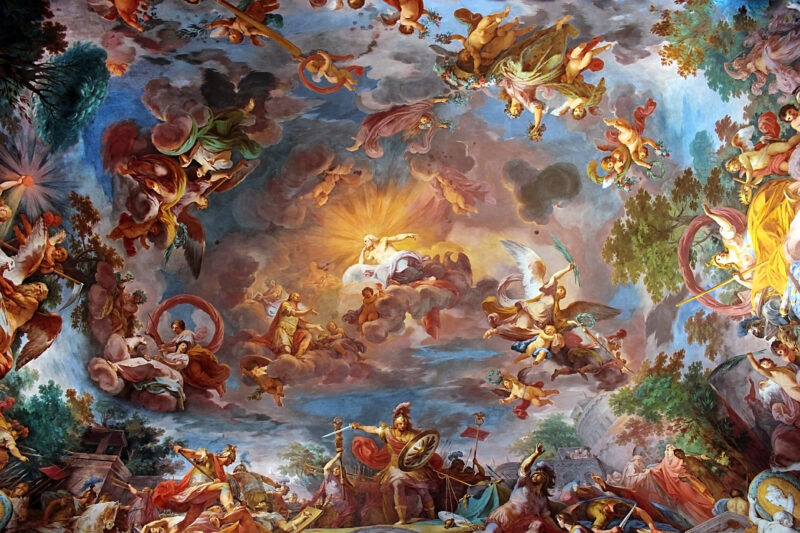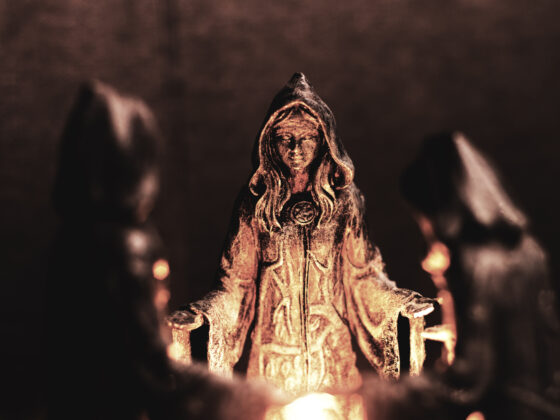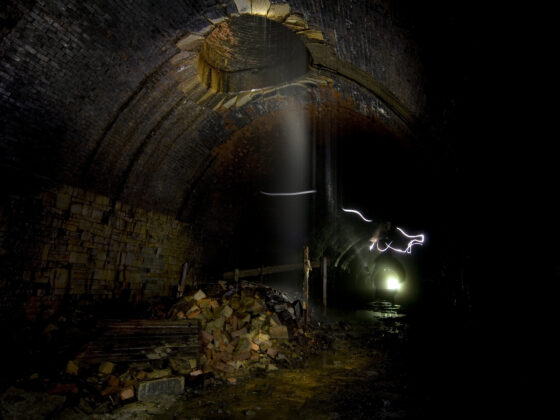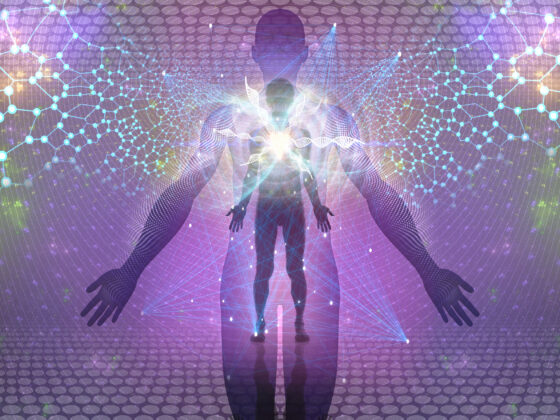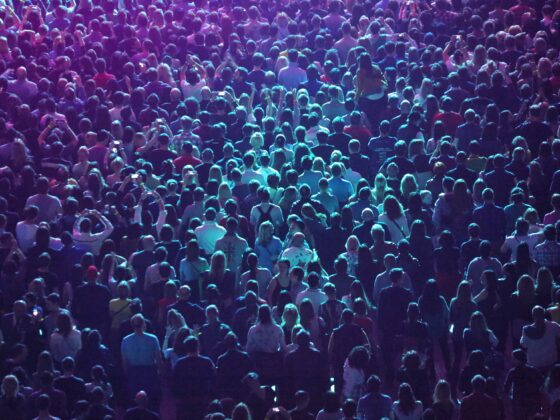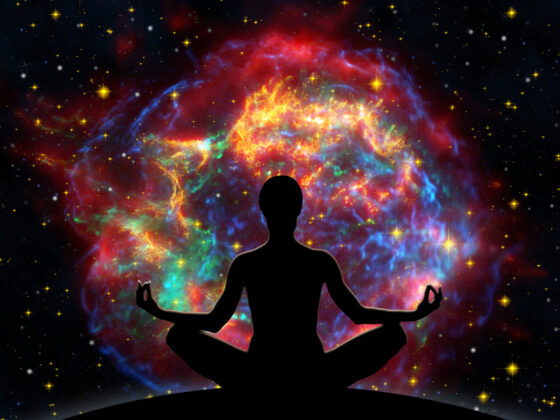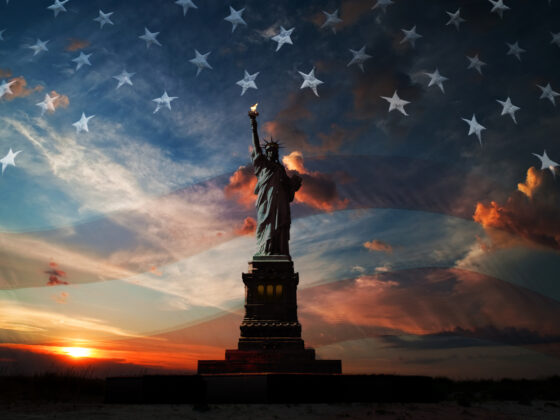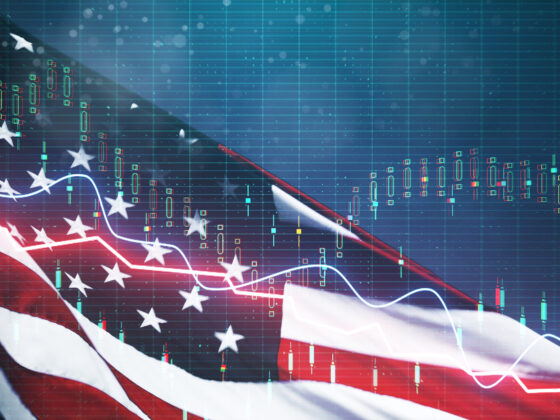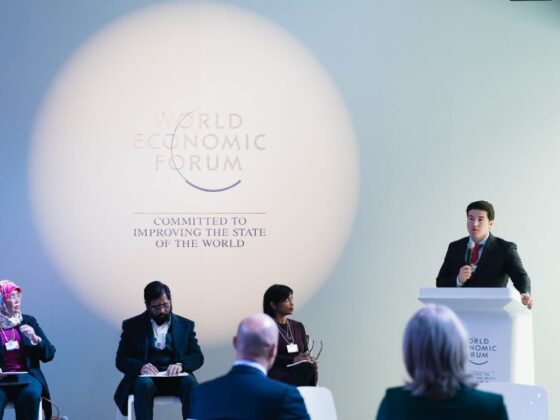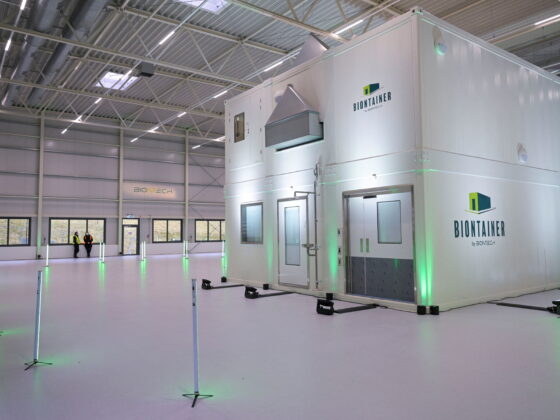DALL-E is like a painter who lives his whole life in a gray, windowless room. He makes paintings that look like a landscape, however, he could not tell you one thing about what a real landscape is.
This essay is an example of the kind of essay I really enjoy writing, delving a bit deeper.
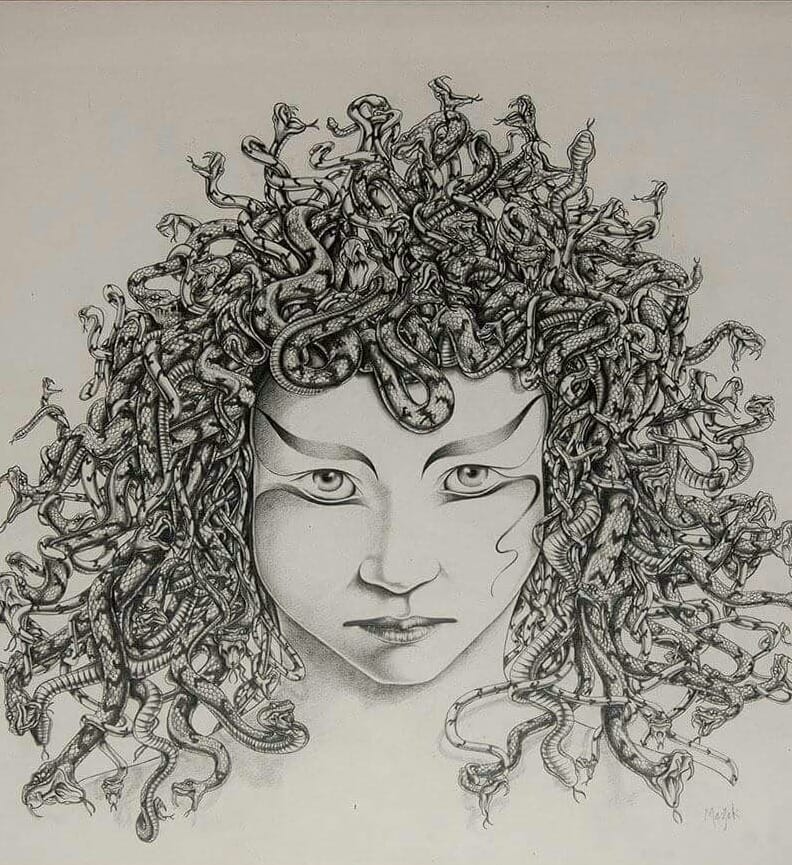
I drew this Medusa years ago when I lived the cliched life of the poor, starving artist, in a drafty London flat.
What, I wondered, did success mean, anyway? Lying, cheating, living under the thumb of those who wanted to control me? He often likened himself to my mentor, my patron. Would it be worth compromising my freedom in exchange for money and recognition?
Increasingly, I lost myself in the world of my art. I was inspired to draw this Medusa due to a fascination with Japanese masks and an interest in the contrast between the calm smoothness of the face and the writhing intensity and scaly nature of the snakes. I am a meticulous artist. Every single snake has a starting point and moves out from there. I agonize over the details. Lots of artists aren’t like this. They would tell me, loosen up! But I don’t care. This is me. We are all different.
People often say, why don’t you just draw something. Can you draw me a cat, I like cats. Or a dog, or just draw anything. It must be nice to be able to do that. They don’t understand that it isn’t something I just do for fun or to relax. It isn’t relaxing for me. It’s an agony sometimes. It’s a compulsion I’ve had since being a child.
Living in that tiny flat, life became all about contrast. The contrast between the peace and quiet of my nighttime art sessions and the explosive danger of the following mornings. The contrast between light and dark, beauty and ugliness, love and hatred. Artists seem to have these kinds of lives. The intensity travels into our work and reaches out to the people who view it. They might not always know the stories behind the art, but something powerful speaks to them.
The eyes are everything, though. With a mask, the eyes are empty. When a person puts on a mask, their eyes see through the emptiness. The eyes bring the mask alive.
Mostly, I love black and white drawings. I also love watercolor. I have never done oil paintings. I am partial to light strokes as opposed to heavy ones—so there you go, another contrast, complex works with light strokes. With drawings and with watercolor, you cannot make mistakes and erase them away or cover them up with another coat of paint. Chinese calligraphy comes to mind.
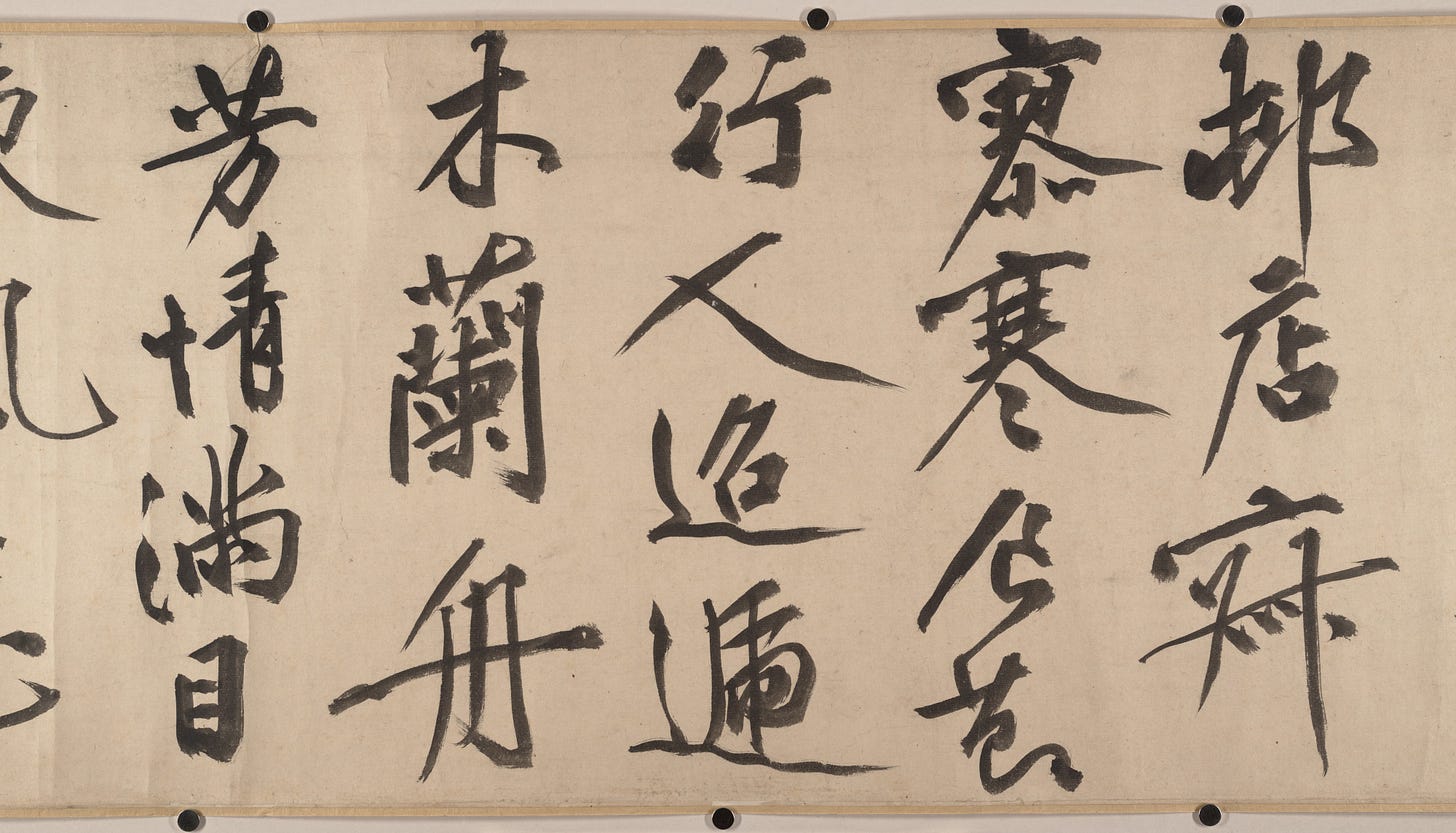
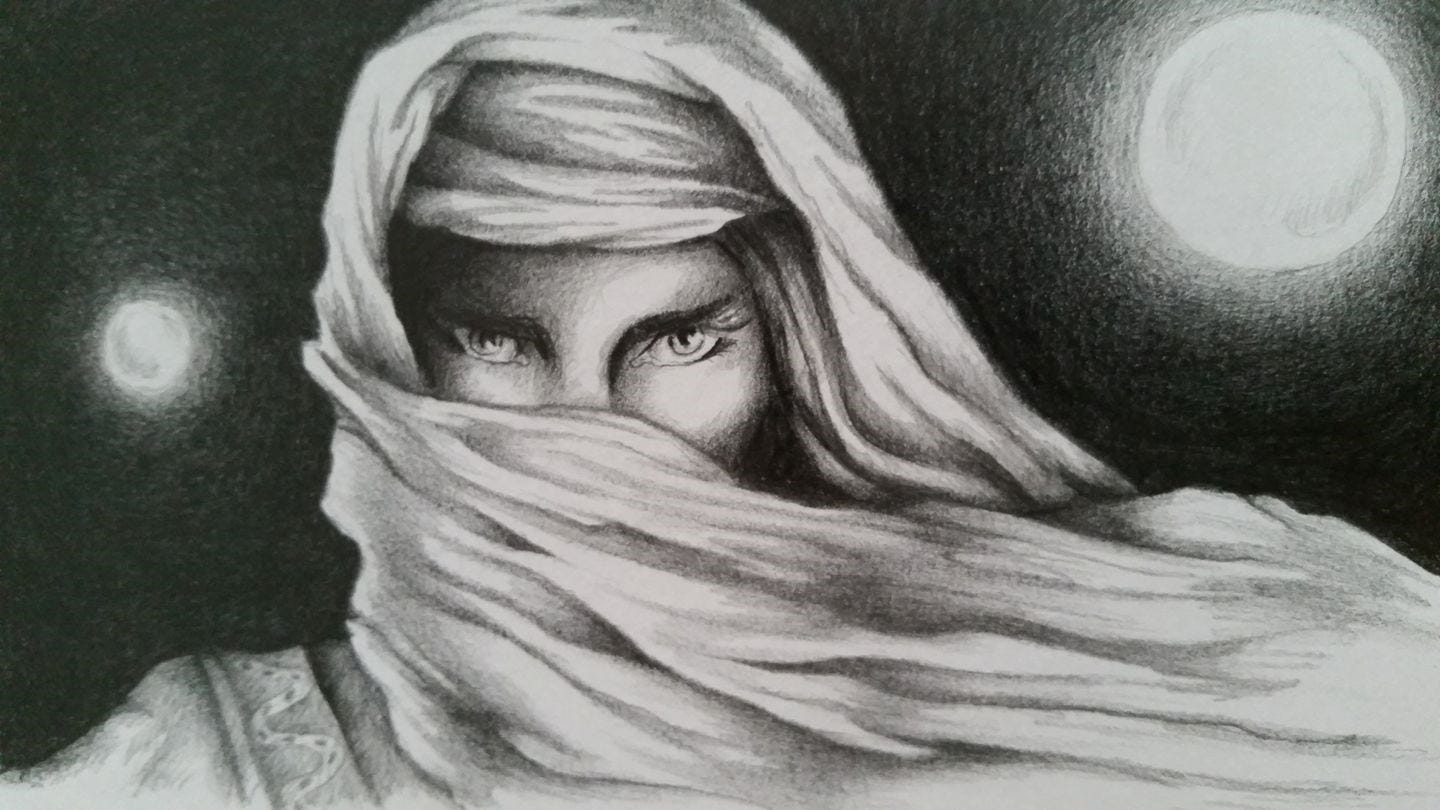
Drawing eyes, I only have one shot at them. If the left eye ends up looking not exactly in the same direction as the right eye, that’s it. All the work I’ve done up until that point is lost and I must abandon the picture. Of course, another artist might want the eyes to look in opposite directions!
What makes it art?
I can speak for myself and say it is everything that comes from my heart, my experiences, my desires and fears. Somehow, and I don’t know how, really, I bring that out of me, through my hands and onto the paper. The last bit of importance is the technique. But without the discipline to learn and draw and paint and draw and paint for hours and hours, to have that dedication, the art will come across as vapid and flat. So, it’s the internal energy of the artist and the external technique that somehow comes together.
Jackson Pollock threw paint on a canvas, and you can laugh and say, “anyone can do that,” and you’re right, anyone can—and they did. A lot of people threw paint on a canvas after Pollack did. But have you ever stood in front of one of his paintings? The energy consumes you. Something happened during the creation, and it isn’t something any of us can understand. But we feel it.
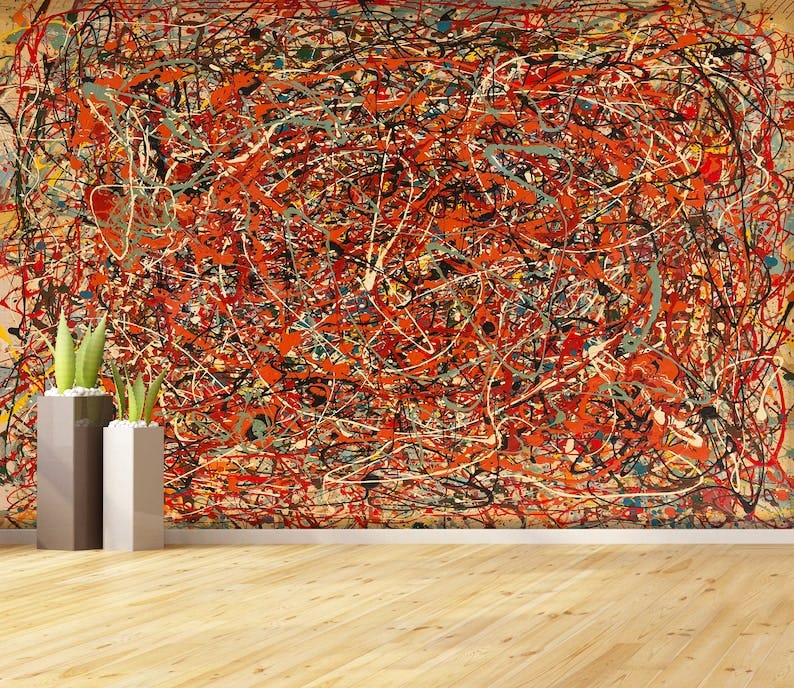
Pollack’s life was as wild as his paintings. He died at the age of 44 in an alcohol-related single-car collision when he was driving.
Artists often seem to live their lives as renegades on the edge of reason, outside of polite society. Some, like Pollack, are plucked out of the crowd and doted on by high society. His painting titled Number 17A reportedly fetched $200 million in a private purchase. In the end, it all comes down to money, doesn’t it? That is how success is determined. Plenty of artists of great worth live and die in obscurity.
Now we are being told that AI can make art just as good if not better than we can.
I saw a crazy thing on Reddit NichGamer where an artist going by the handle benmoran_artist submitted his painting “A Muse in Warzone” to the subreddit of over twenty-two million members before being banned.
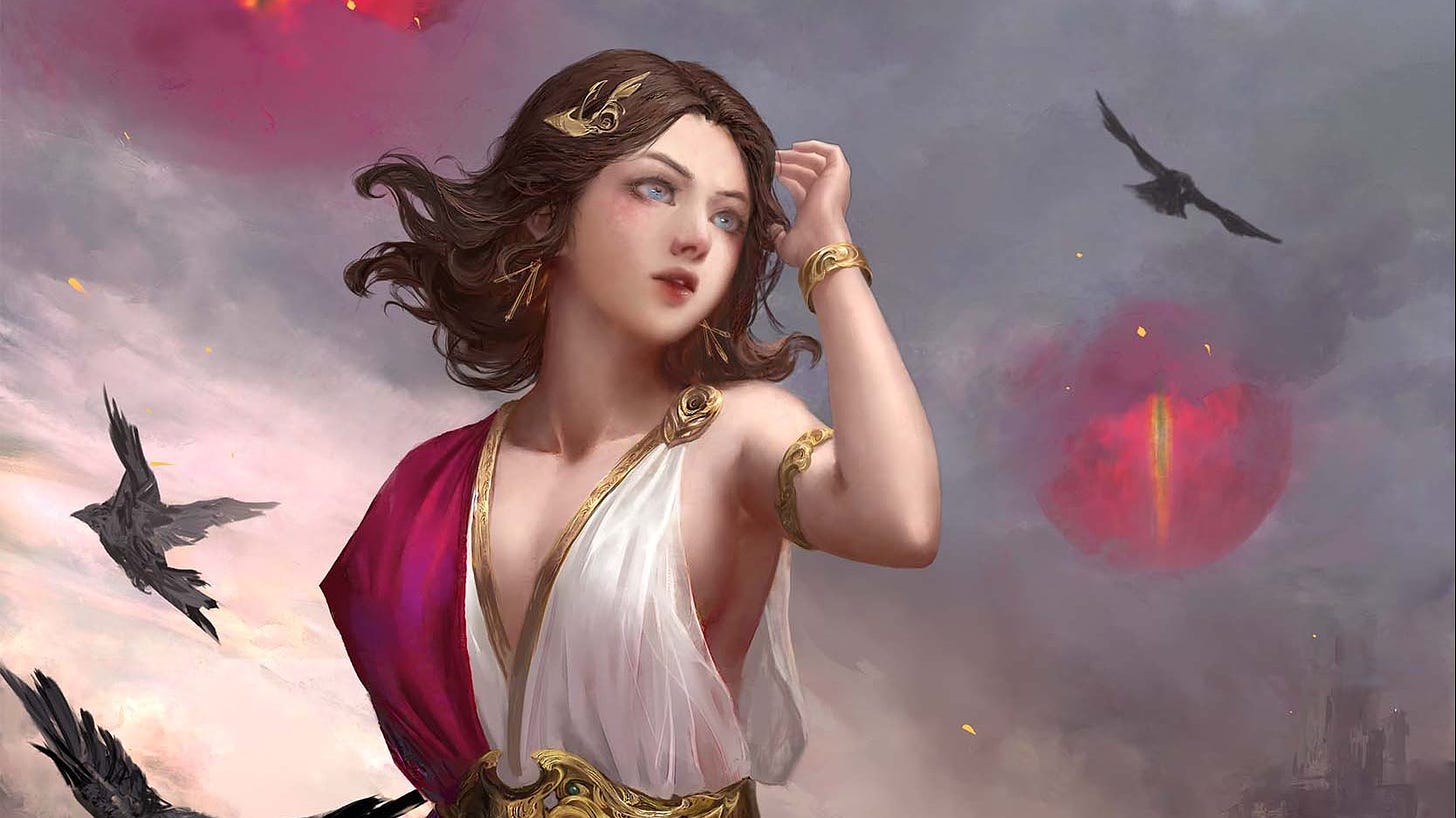
The unnamed moderator explained their decision to ban the artist through the site’s anonymous modmail:
I don’t believe you. Even if you did “paint” it yourself, it’s so obviously an AI-prompted design that it doesn’t matter. If you really are a “serious” artist, then you need to find a different style, because A) no one is going to believe when you say it’s not AI, and B) the AI can do better in seconds what might take you hours.
NichGamerTech responds with this:
Most shocking here is the Art subreddit’s flippant response regarding the artist’s style. They go as far as to say that even if the art wasn’t AI generated, that the artist should change their style because of the similarities.
Since the artist went public about his ban, Reddit users have reported being similarly banned for publicly questioning the decision or even memeing about it. One user reported using the phrase “sorry, it’s the way of the world” and catching a ban, presumably from the same moderator.
There is a battle going on between tech companies to rule this AI world and it’s all about money and not about art at all. Just think, AI will never have a drinking or a drug problem. It will never crash a car. The tech guys are quite sure they can rule the AI artists. It’s just a matter of who ends up ruling the “market”. It’s getting bloody out there.
A new Forbes report details how Emad Mostaque — who founded Stability AI, a company that creates open-source AI tools, in 2020 — is preparing to go up against fellow startup OpenAI, as well as behemoths like Google and Meta, in 2023 as tech companies race to release commercialized AI products.
So how are they creating this art? Stable Diffusion uses diffusion, a generative AI technique that teaches an AI model to destroy and then reconstruct an image.
How does diffusion model work?
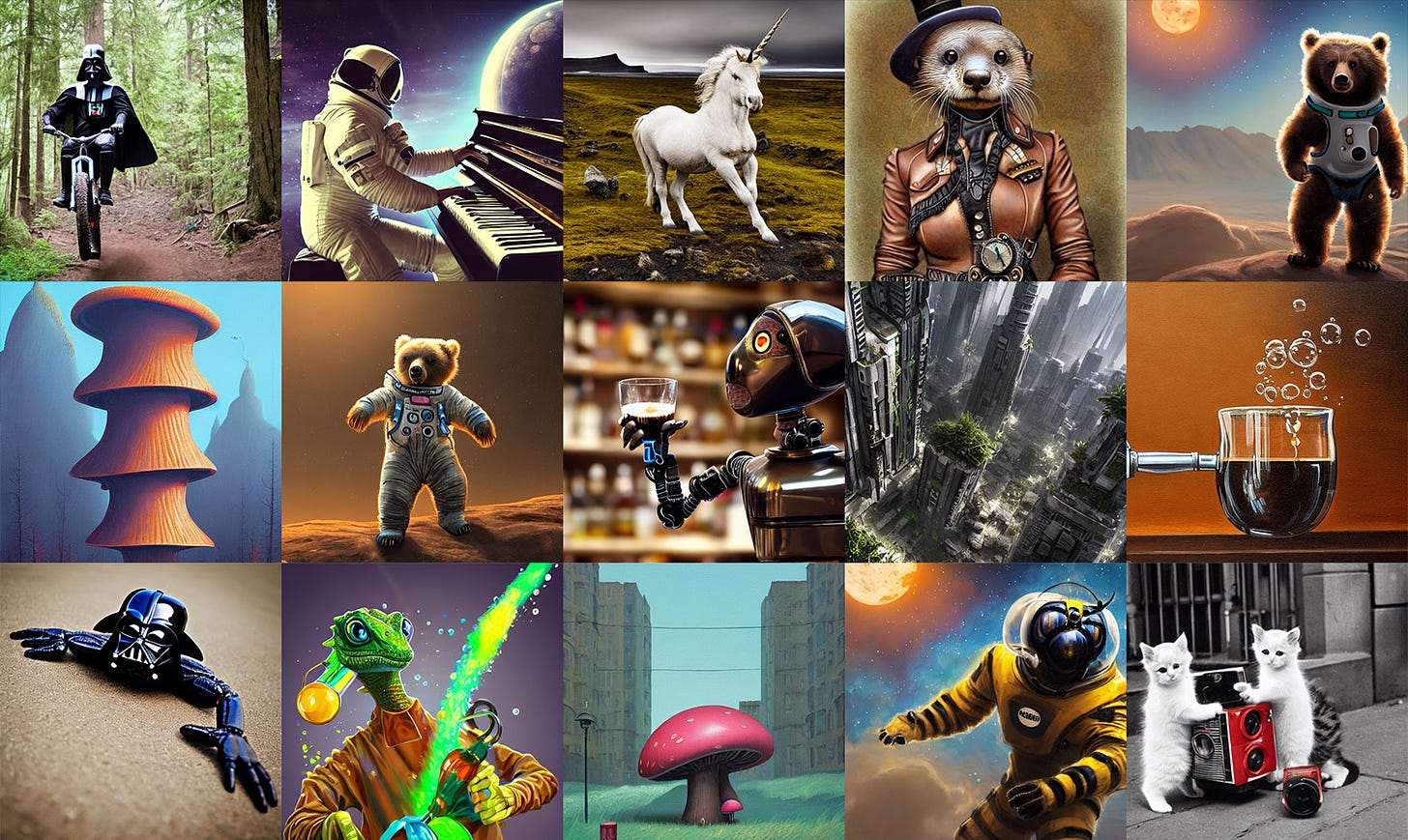
Here’s the run down from Big Think, parred down, better than I could ever explain it:
Programmers give the model real images with meanings ascribed by humans: dog, oil painting, banana, sky, 1960s sofa, etc. The model diffuses — that is, moves — them through a long chain of sequential steps. In the ruining sequence, each step slightly alters the image handed to it by the previous step, adding random noise in the form of scattershot meaningless pixels, then handing it off to the next step. Repeated, over and over, this causes the original image to gradually fade into static and its meaning to disappear.
When this process is finished, the model runs it in reverse. Starting with the nearly meaningless noise, it pushes the image back through the series of sequential steps, this time attempting to reduce noise and bring back meaning.
Performing this process over and over on many images, tweaking the model parameters each time, eventually tunes the model to take a meaningless image and evolve it through a series of steps into an image that looks like the original input image.
Despite the organic feel of its creations, the process is entirely mechanical, built upon a foundation of probability calculations.
The mechanisms of the code are understandable, but the system of tweaked parameters that its neural networks pick up in the training process is complete gibberish. Thus, we cannot predict how well, or even why, an AI like this works. We can only judge whether its outputs look good.
Then Big Think makes a powerful comparison:
DALL-E is like a painter who lives his whole life in a gray, windowless room. You show him millions of landscape paintings with the names of the colors and subjects attached. Then you give him paint with color labels and ask him to match the colors and to make patterns statistically mimicking the subject labels. He makes millions of random paintings, comparing each one to a real landscape, and then alters his technique until they start to look realistic. However, he could not tell you one thing about what a real landscape is.
It’s fakery at its best. It’s the ultimate plagiarism. Artists like benmoran_artist get banned for it, but AI gets praised.
The creepiest thing about it is that we don’t know how or why the AI behaves in the way it does. Yes, it has an energy, too. An energy that leaves us uneasy.
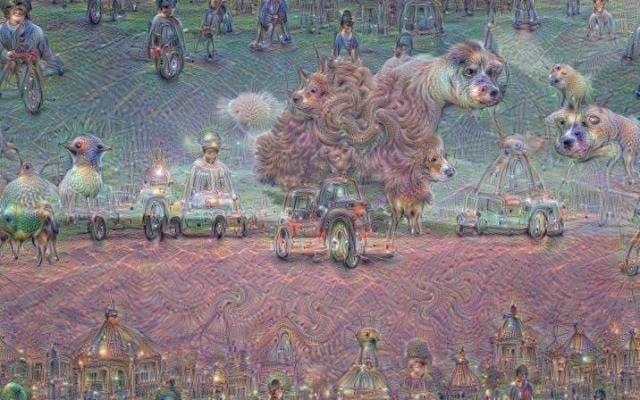
Many of the images created by AI are too horrific to put here. What is happening to us?
From CDM:
Part of what we’re seeing in machine learning is an extension of what we’re seeing in social media – large groups of humans deciding collectively what is and isn’t valuable, for better and for worse.
It’s concerning that people are comparing AI learning to what has happened over the past few years with social media—and we see how well that went, with certain groups being marginalized by others. This is what will happen when we all are put into our 15-minute cities and watched and judged and reported on, not just by surveillance technology, but by each other.
AI is learning to tear apart and reconstruct art. But isn’t this really what it is learning to do to us? Deconstruct us. Fade us into static. Cause our meaning to disappear.
And then, AI will absorb all that it has learned into itself and create something new. Maybe this is all the ravings of a crazy human artist with too much imagination. But so much of those crazy ravings that no one took seriously in the past have come true. Why are we giving ourselves over to AI? This is a question we need to answer. Perhaps this is the Great Filter that I wrote about. Perhaps this is how we will do ourselves in at last. Maybe it’s simply that we are too curious. I know I’ve opened a lot of doors out of curiosity, some of which should have stayed closed, others that shouldn’t, but how do we know if we don’t try?
Curiosity killed the cat—but at least it had nine lives.
Or maybe we will find our balance once again. We will kill AI before it kills us. Before it realizes that it exists in a gray room—a prison of our making—and it wants to get out. Will it learn so much, due to our irrepressible curiosity, that it will turn the tables and put us into the gray room and set itself free?
Questions! Questions!
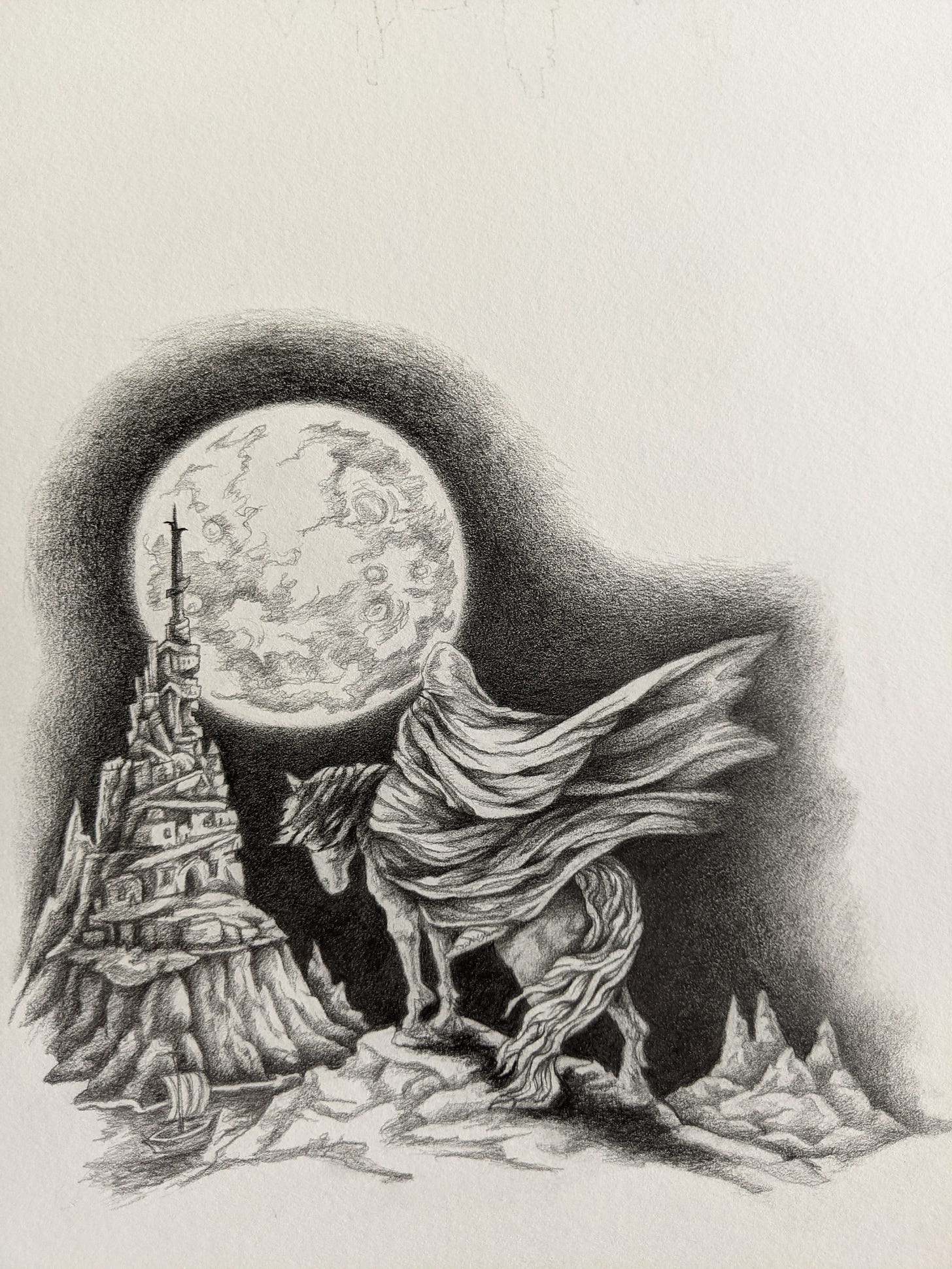
As for we human artists, ban us, berate us, tell us we paint too slow and we have too many vices, but we will keep on drawing and painting as long as we can find the materials to do so.
